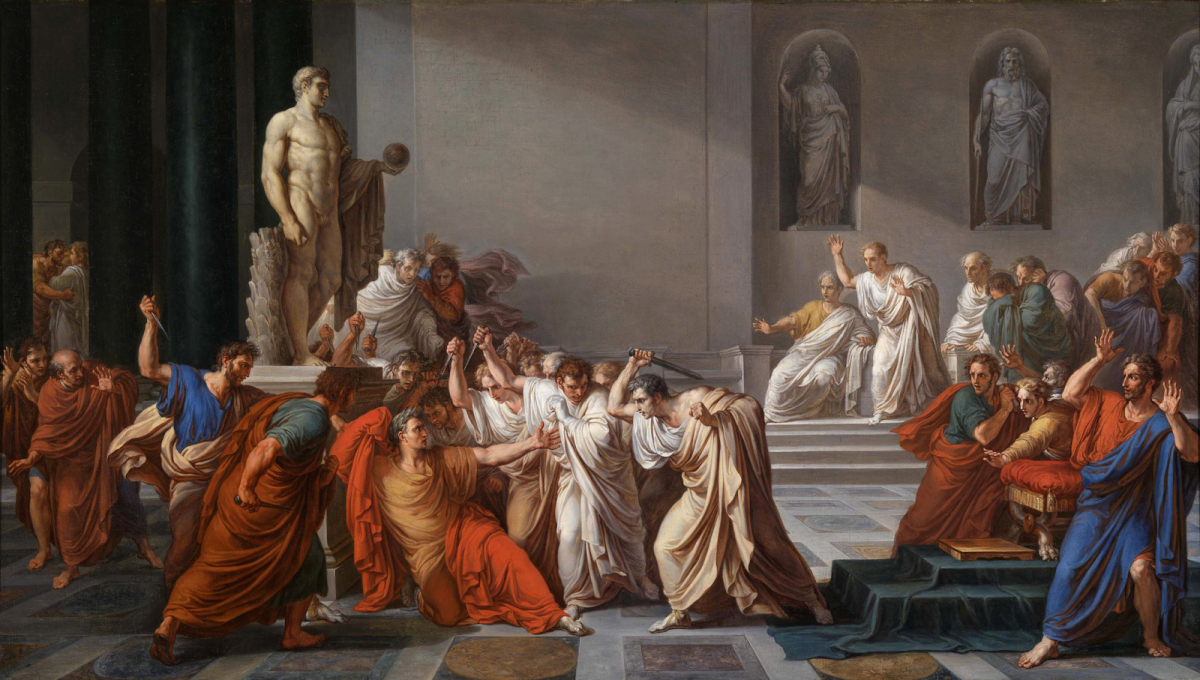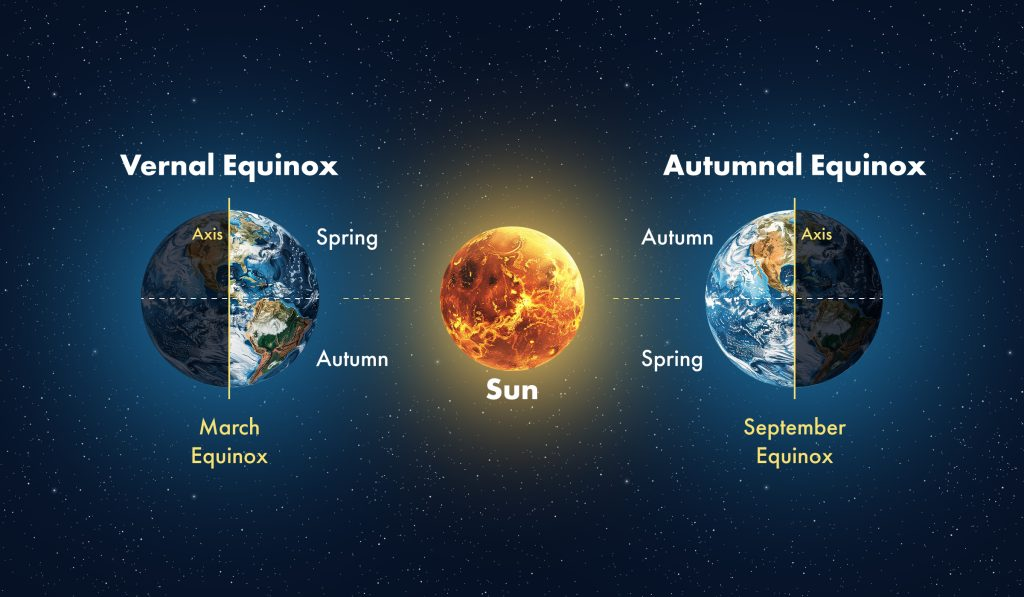Daylight savings are something that is frequently talked about around the beginning of spring and fall, however, many don’t know what or why it’s so special. Daylight savings itself is when the clocks move back or forwards by an hour, moving back during the fall and moving forward during the spring. This occurs in order to make the most of the sunlight during the more traditionally sunny months. The clocks will change differently depending on what hemisphere the country is in, and in the United States the clocks will all be jumping forward an hour at 2 a.m. on Sunday, March ninth.
Daylight savings was first discovered in 1927 by George Vernon Hudson, a post office worker and entomologist at heart. His research on bugs showed that there was a rise in activity in bugs as the seasons change, and with this research daylight saving was instituted in New Zealand. Many European countries had made laws adjusting the clocks due to war time struggles from the first world war, so it wasn’t far fetched to propose to those countries, and the United States the idea of daylight saving time with the promise of reduced energy costs. Once daylight savings was introduced to the United States, the country had been split into five different time zones based on longitude. These time zones are still recognized today: Alaska Standard, Pacific Standard, Mountain Standard, Central Standard, and Eastern Standard. Daylight Savings was initially taking place on the last Sunday of March and ending on the last Sunday of October, however over the years adjustments have been made in order to give people just a little bit more time during the day, which many people are very grateful for.








